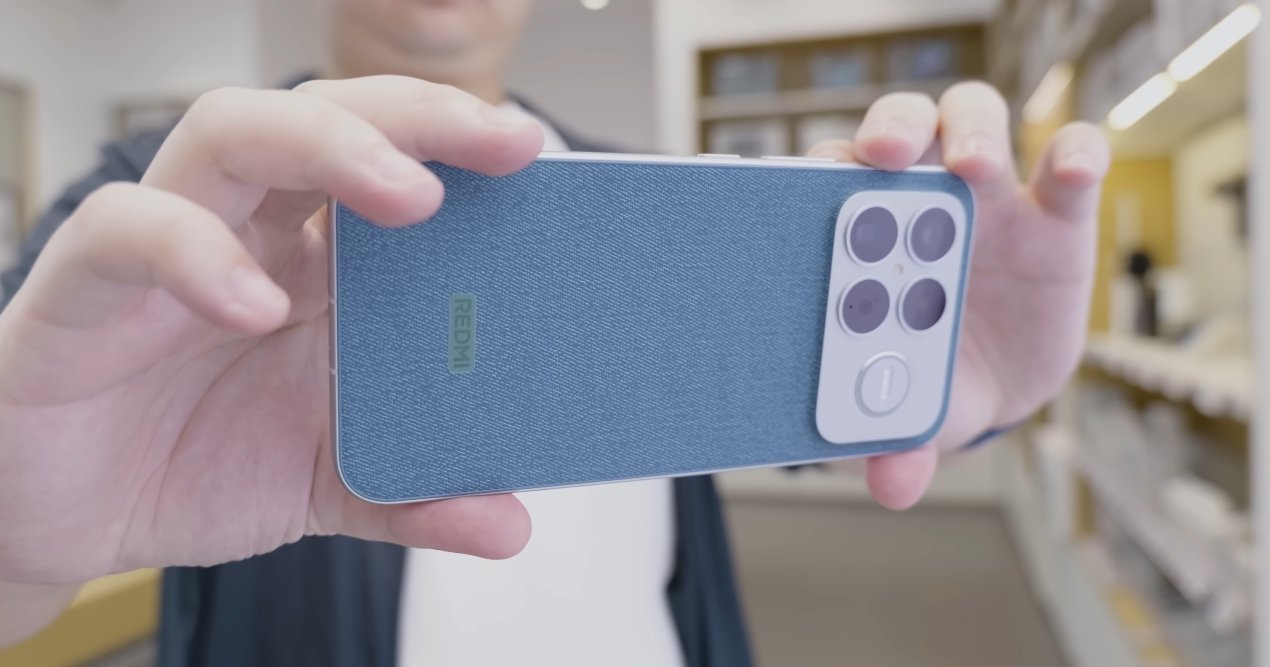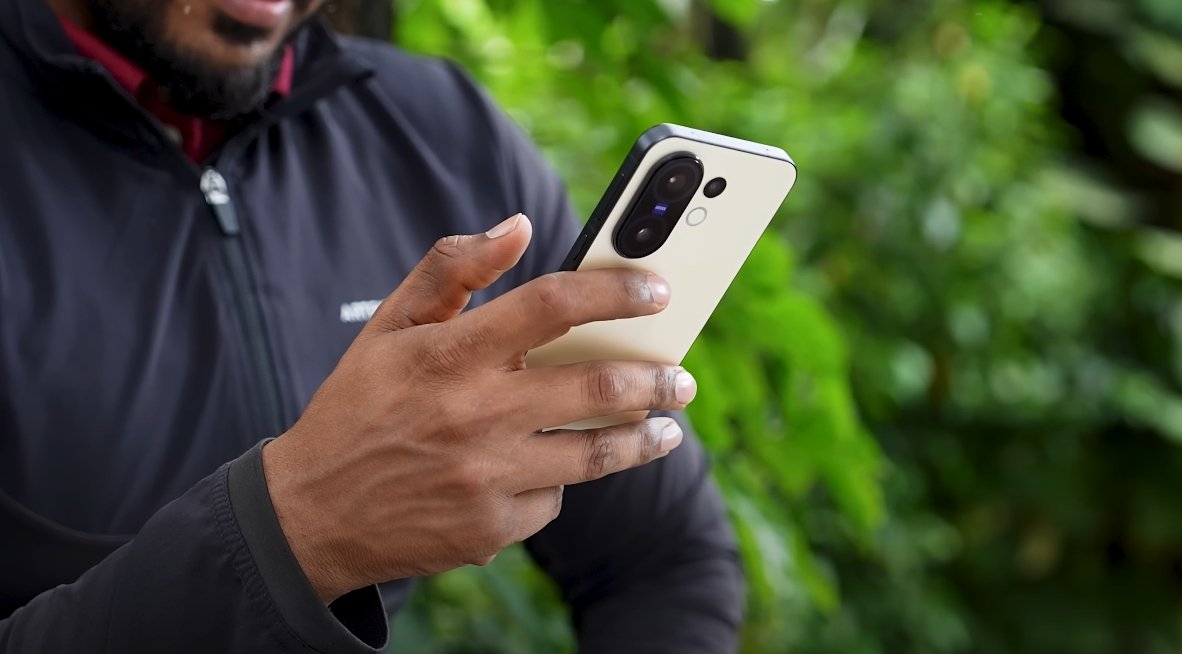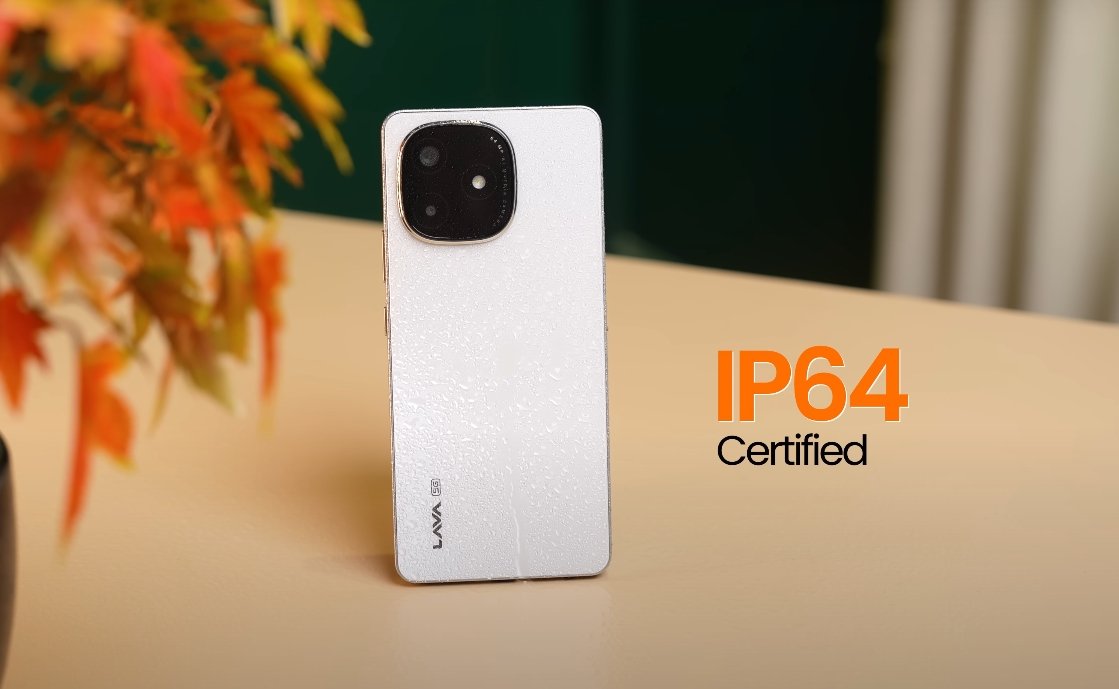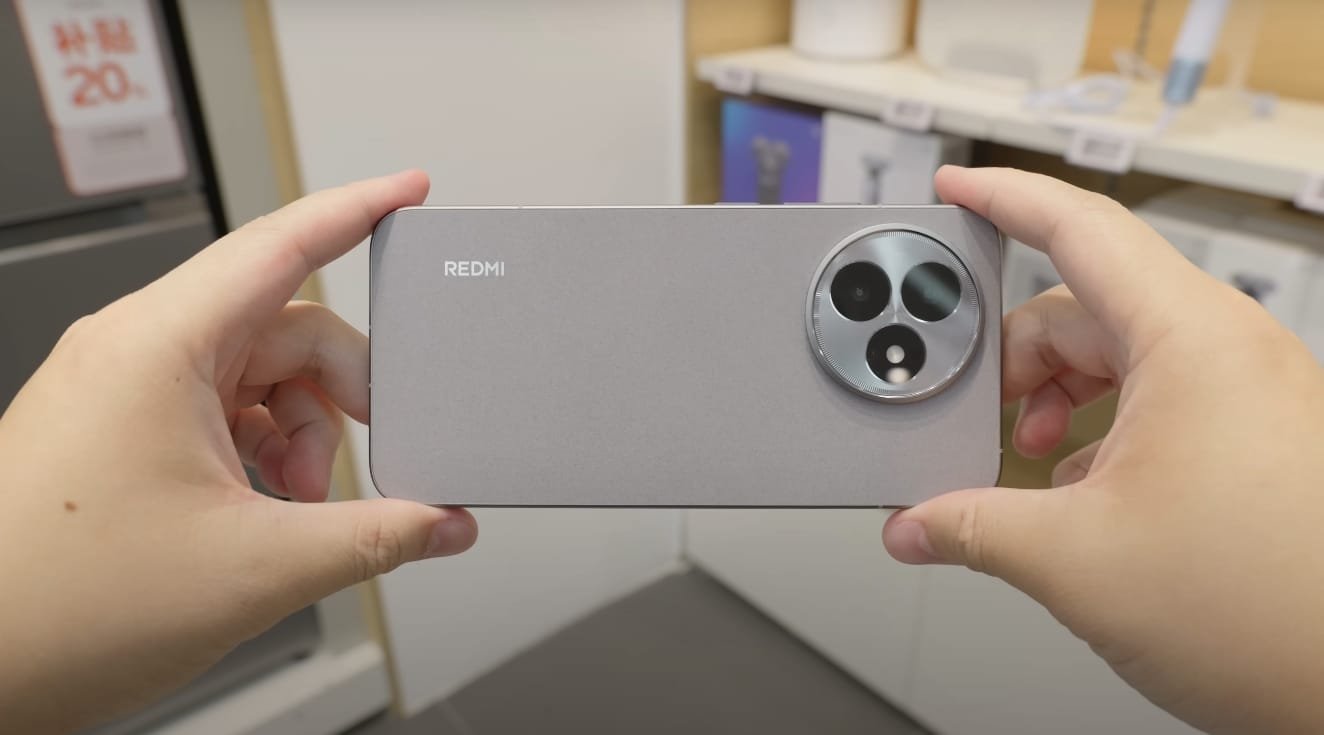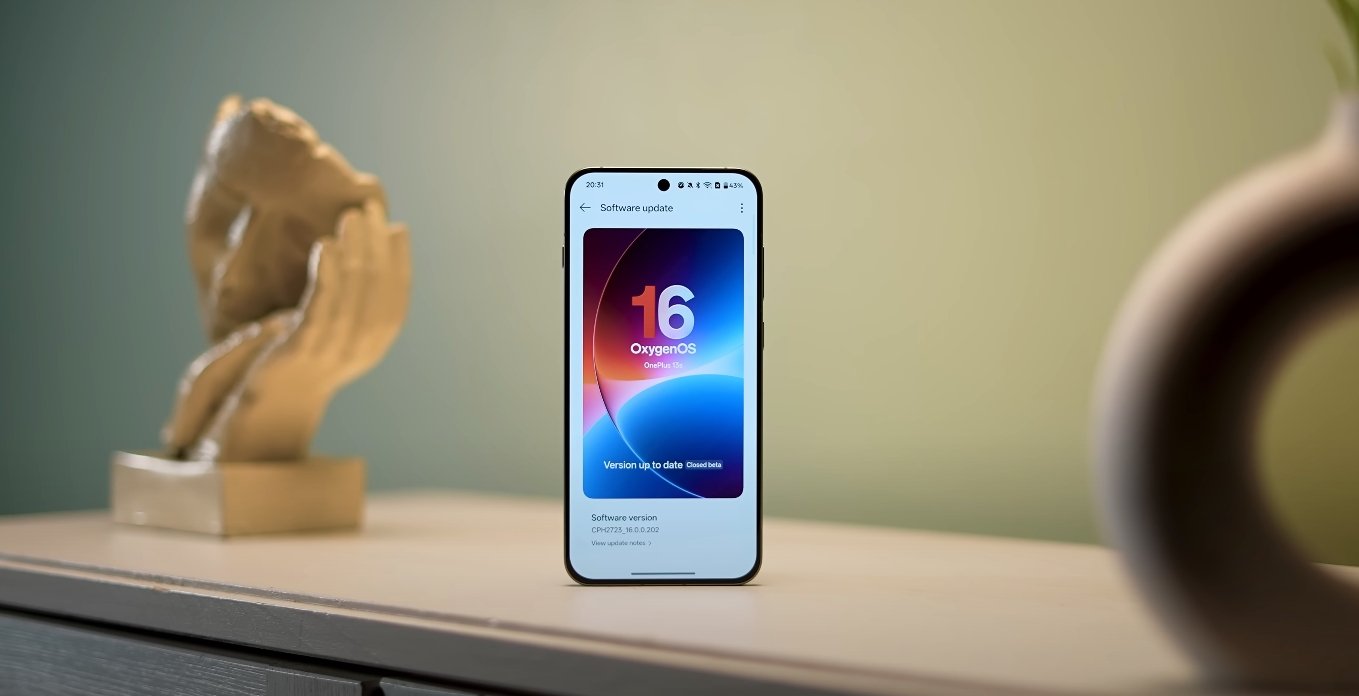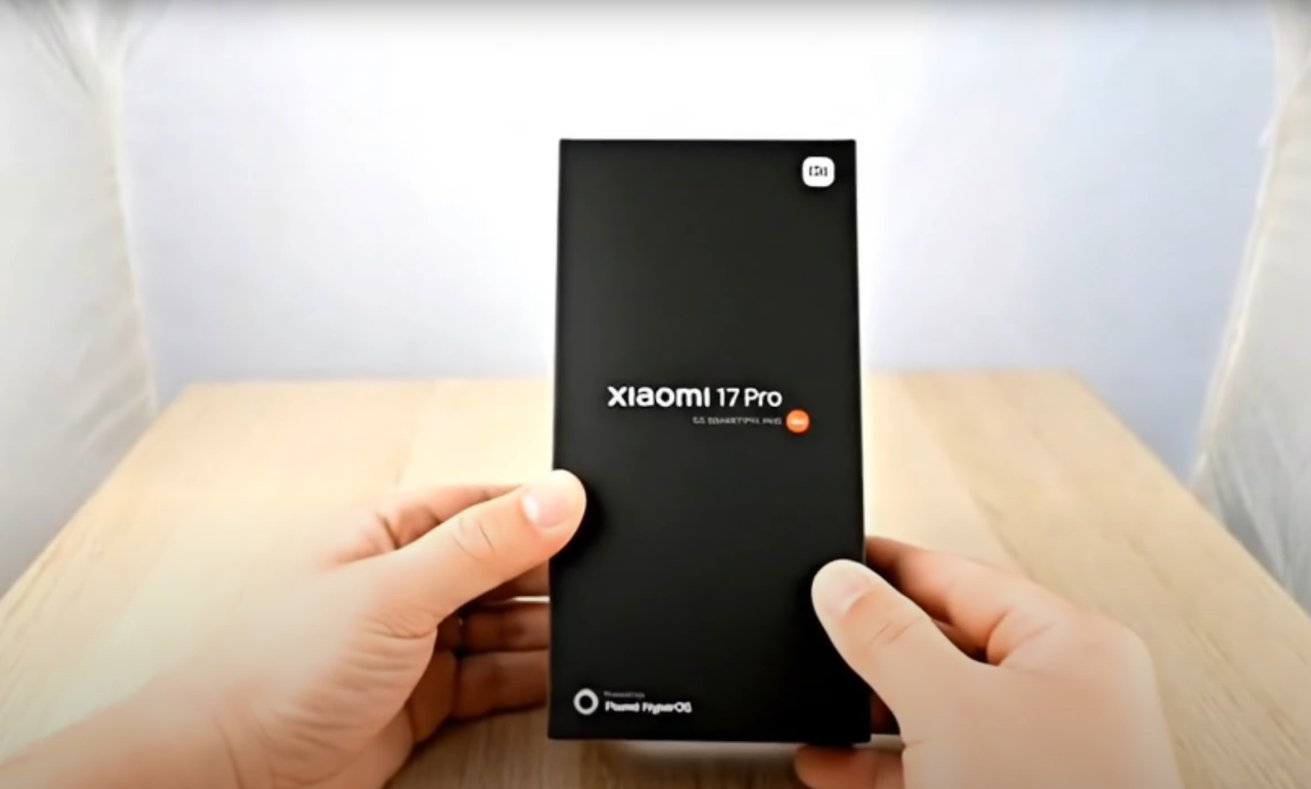Understanding how Redmi K90 Pro Max adapts to New Zealand’s power standards
The Redmi K90 Pro Max has quickly gained attention as one of Xiaomi’s most advanced smartphones, combining high-end hardware with remarkably fast charging technology. For users in New Zealand, however, one common question has emerged: how will the device perform when charged using local power outlets and standards? With New Zealand’s 230-volt, 50-hertz electricity supply and its unique Type I plug design, understanding charging behavior is essential for both safety and performance.
New Zealand operates on the same electrical standard as Australia, which means that most modern global electronics—including smartphones—function seamlessly with the region’s voltage and frequency. The Redmi K90 Pro Max is designed with a universal charging system that supports input ranges from 100 to 240 volts, making it fully compatible with New Zealand’s 230-volt mains power. This universal design ensures that the phone’s charger can automatically adjust to local voltage levels, so users do not need a voltage converter. However, the physical plug shape may differ from those used in China or Europe, meaning a Type I adapter is required if using the original charger supplied with imported versions.
The K90 Pro Max’s standout feature is its remarkable 100-watt wired charging capability, which can refill its 7,560 mAh battery in well under half an hour under optimal conditions. When paired with a charger that supports the same high-power delivery standard, the phone automatically negotiates voltage and current levels through the PPS (Programmable Power Supply) protocol. This ensures safe, efficient power transfer while minimizing heat generation. In practice, users in New Zealand can expect the same fast-charging performance as consumers in other markets, provided they use a compatible charger and high-quality USB-C cable rated for 100 watts or more.
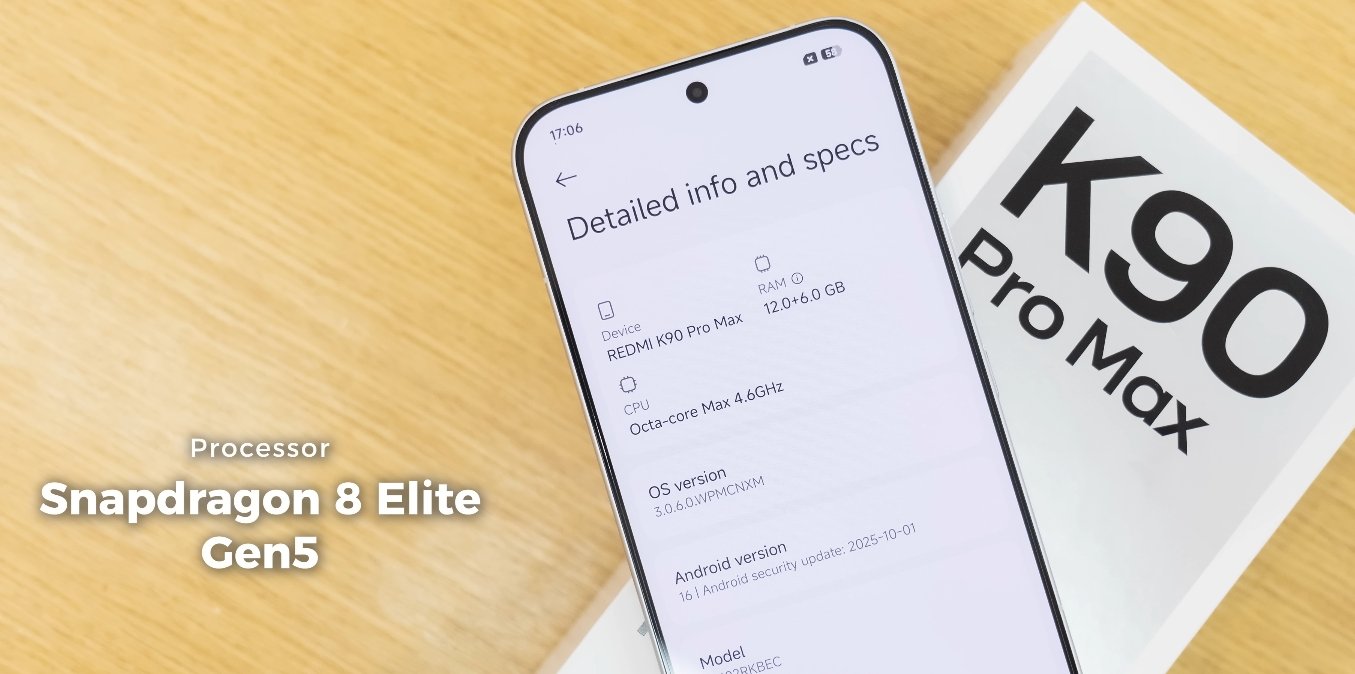
It’s also important to consider the difference between wired and wireless charging. The Redmi K90 Pro Max supports up to 50 watts of wireless charging when paired with a compatible pad. While wireless charging is generally slower and less efficient, it offers convenience and safety benefits. In New Zealand’s 230-volt environment, both wired and wireless charging operate smoothly, as the voltage is well within the range supported by the phone’s power management system. This makes the device ideal for users who rely on fast daily recharging without worrying about electrical compatibility.
However, for imported units, there are a few additional considerations. Chinese-market versions of the K90 Pro Max may ship with a power adapter that features a plug incompatible with New Zealand outlets. Although these chargers can technically operate at 230 volts, users will need a plug converter or a locally purchased Type I charger that supports Power Delivery (PD) and PPS standards. Using certified, high-quality accessories ensures both the safety of the device and the longevity of its battery. Substandard or incompatible chargers can reduce charging efficiency and may even lead to overheating or battery wear over time.
Beyond hardware, the phone’s software also influences charging behavior. Xiaomi’s MIUI interface includes advanced battery management features that dynamically regulate temperature, voltage, and current during charging. This helps maintain battery health, especially during high-speed charging sessions. When used in New Zealand, the system will automatically adapt to the country’s power frequency, so there is no need for manual adjustment. The internal safeguards ensure that even if the charger experiences minor fluctuations in voltage—a rare but possible occurrence—the phone remains protected.
In day-to-day use, most New Zealand users will experience consistent and reliable charging performance with the Redmi K90 Pro Max. Those who purchase the global variant will find it comes with a charger already certified for 230-volt systems and typically equipped with interchangeable plug heads. For those importing the device directly from Asia, a quality third-party charger available locally will deliver the same results. Retailers in New Zealand already carry a wide range of high-wattage USB-C chargers that support both PD and PPS protocols, making compatibility easy to achieve.
Overall, the Redmi K90 Pro Max is fully capable of adapting to New Zealand’s power environment without issue. Its universal charging system, smart power management, and robust battery design ensure that users can take full advantage of its 100-watt fast-charging technology safely and efficiently. As long as users pair the device with the correct plug type and certified charger, charging performance will remain on par with global standards. For New Zealanders seeking a powerful flagship smartphone that charges faster than most of its competitors, the Redmi K90 Pro Max offers a seamless experience perfectly suited to the local power infrastructure.
